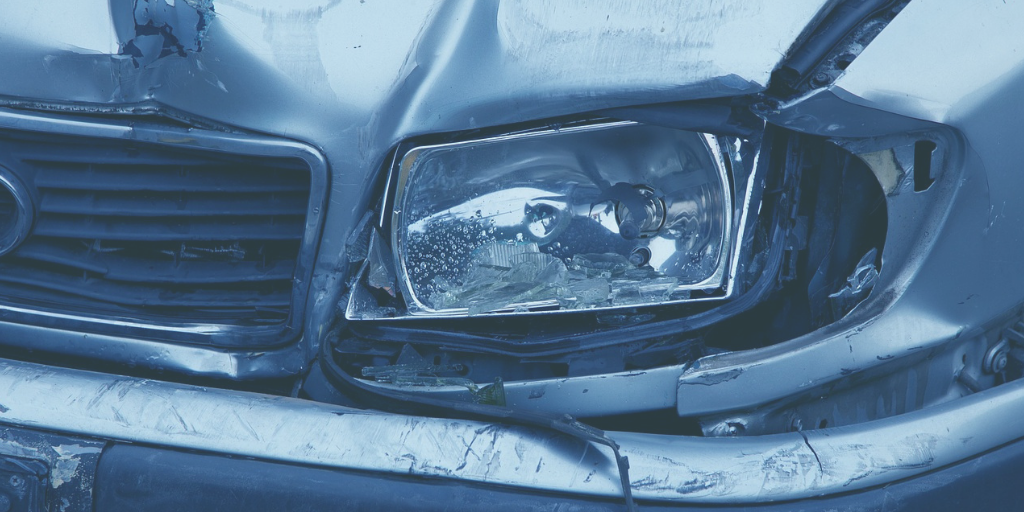Teen Drinking & Driving – A Dangerous Mix
May 18, 2019
Car crashes are the #1 killer of teens, taking about 3,000 young lives every year. The most dangerous time on the road for teens is the period between Memorial Day and Labor Day each year, which is known as the “100 Deadliest Days of Summer” (NSC). As a parent, you should know that the main cause of teen crashes is driver inexperience. All new drivers—even high academic achievers and “good kids”—are more likely than experienced drivers to be involved in a fatal crash… It’s a fact.
Teen drivers are three times more likely than more experienced drivers to be in a fatal crash, and drinking any alcohol greatly increases this risk for teens…
- An average of one alcohol-impaired-driving fatality occurred every 53 minutes in 2015 (NHTSA)
- One in 10 high school students drink and drive (CDC)
- Young drivers (ages 16-20) are 17 times more likely to die in a crash when they have a blood alcohol concentration (BAC) of .08% than when they have not been drinking (CDC)
- Approximately one-third of all traffic crash fatalities in the United States involve drunk drivers (with BAC of .08 or higher) (NHTSA)
As a parent, you have the greatest influence over your teen’s behavior. In fact, leading experts believe parents can play a key role in preventing teen car crashes and deaths. Here’s what you can do:
- Understand that most teens who drink do so to get drunk
- Recognize the dangers of drinking and driving and that teen drivers have a much higher risk of crashing after drinking alcohol than adults
- Provide teens with a safe way to get home (such as picking them up) or make sure they know about taxi services and other safe ride options
- Model safe driving behavior
Consider tools like parent-teen driving agreements to set and enforce the “rules of the road” for new drivers. Safe driving habits for teens include the following: never drink and drive; follow state Graduated Driver Licensing (GDL) laws; wear a seat belt on every trip; limit nighttime driving; set a limit on the number of teen passengers; never use a cell phone or text while driving; and obey speed limits.
The good news is that you can make a difference by getting involved with your teen’s driving. Learn about the most dangerous driving situations for your young driver—and how to avoid them. Get your copy of CDC’s parent-teen driving agreement and learn more about safe teen driving at www.cdc.gov/ParentsAreTheKey.
Take the first step… Talk About It
Talk with your teen about the dangers of drugs and alcohol and about staying safe behind the wheel. Then, keep the conversation going. For more information and tips on how to talk with your kids about drugs and alcohol, contact us at info@capedc.org.
